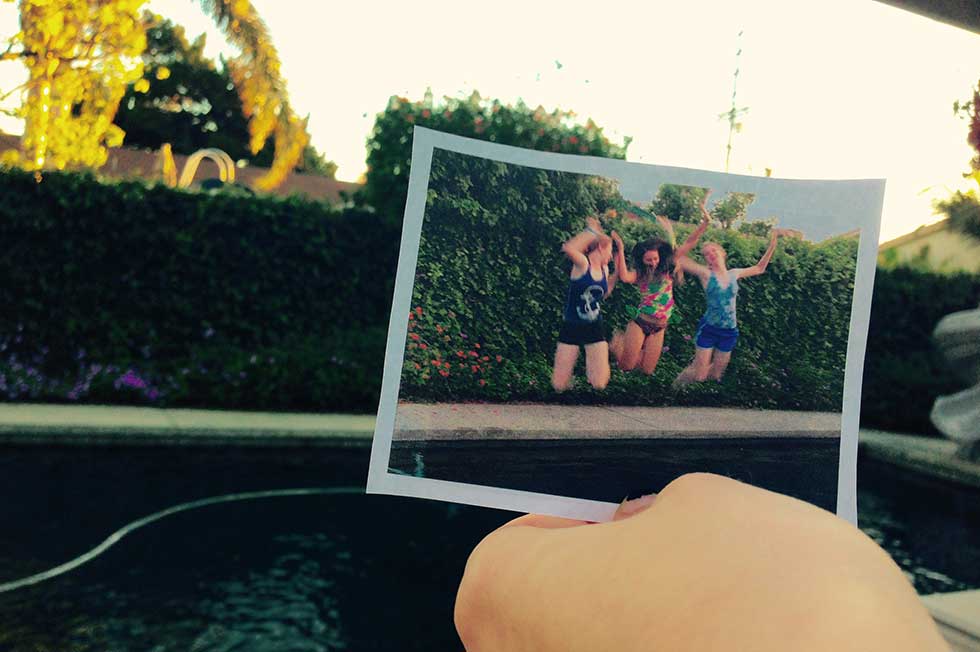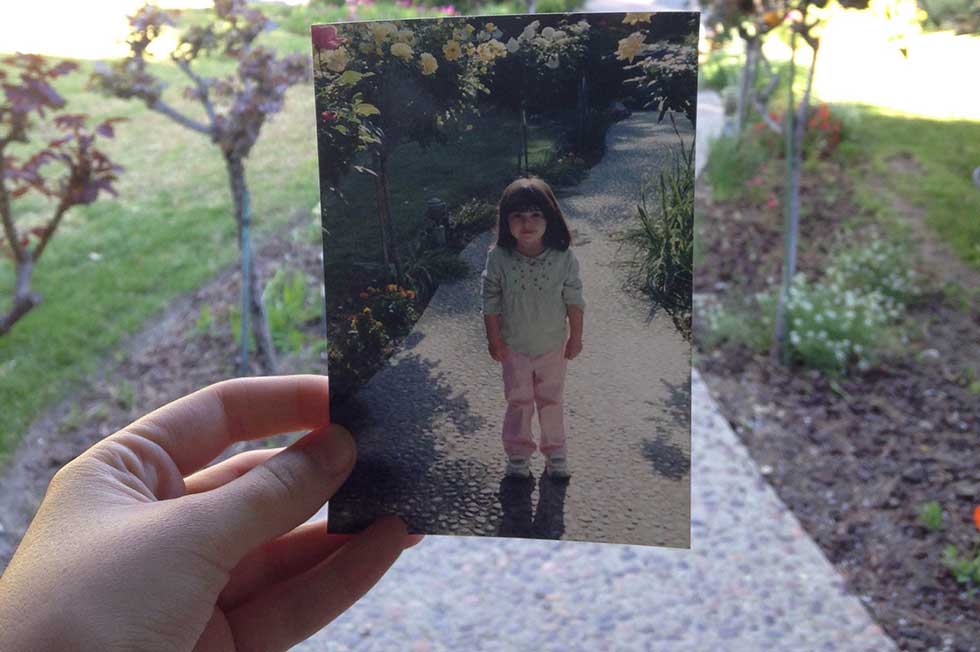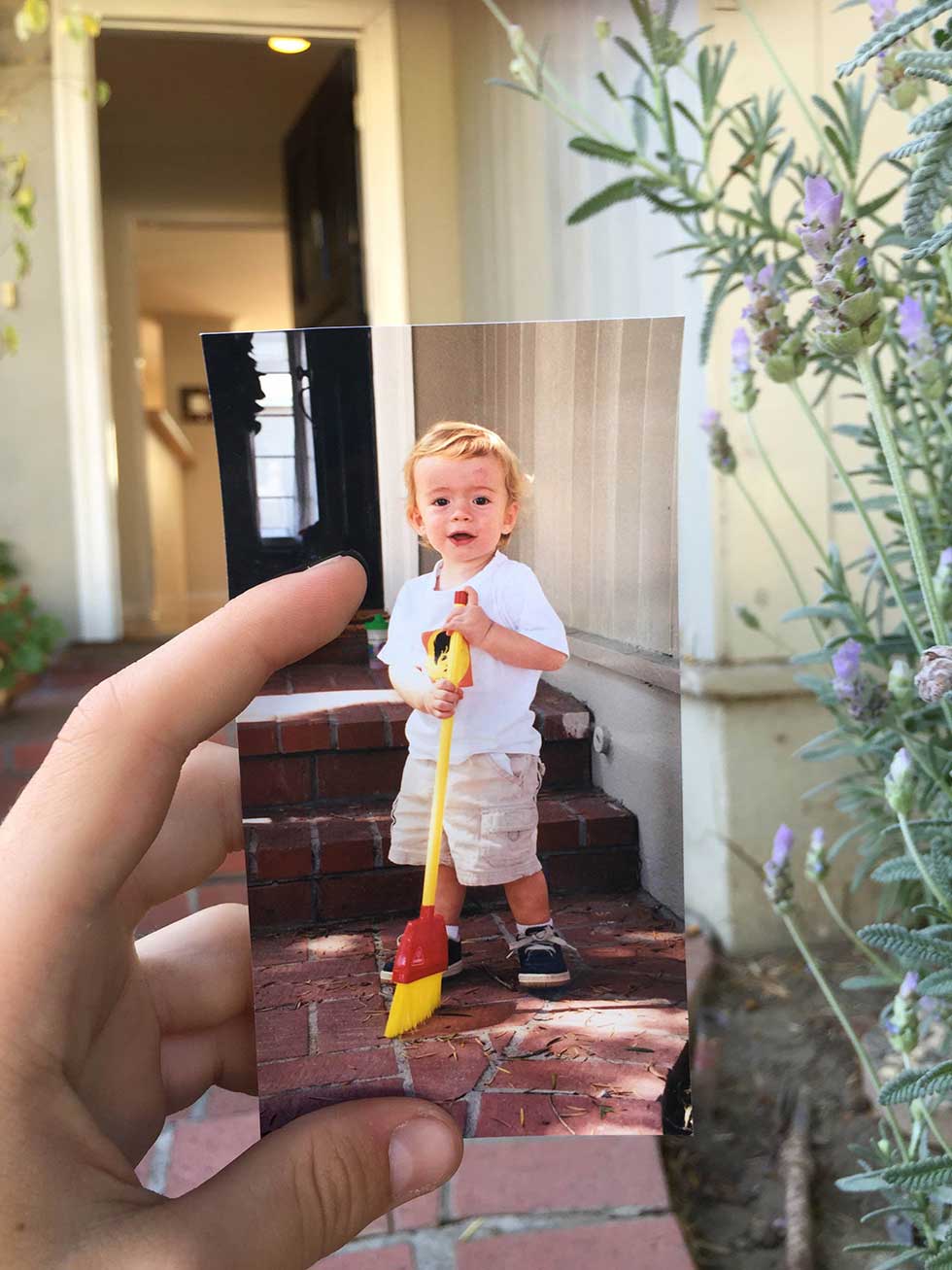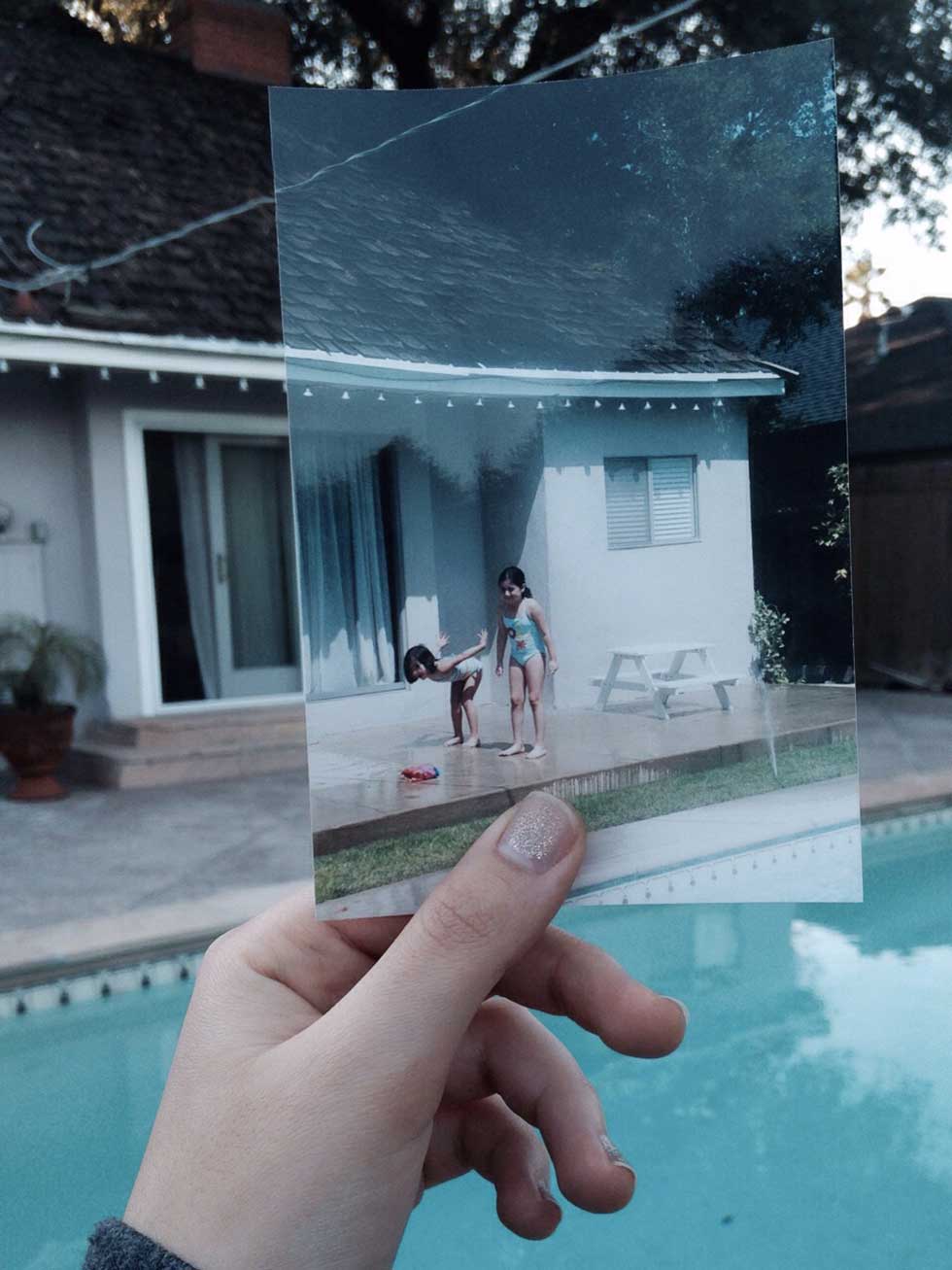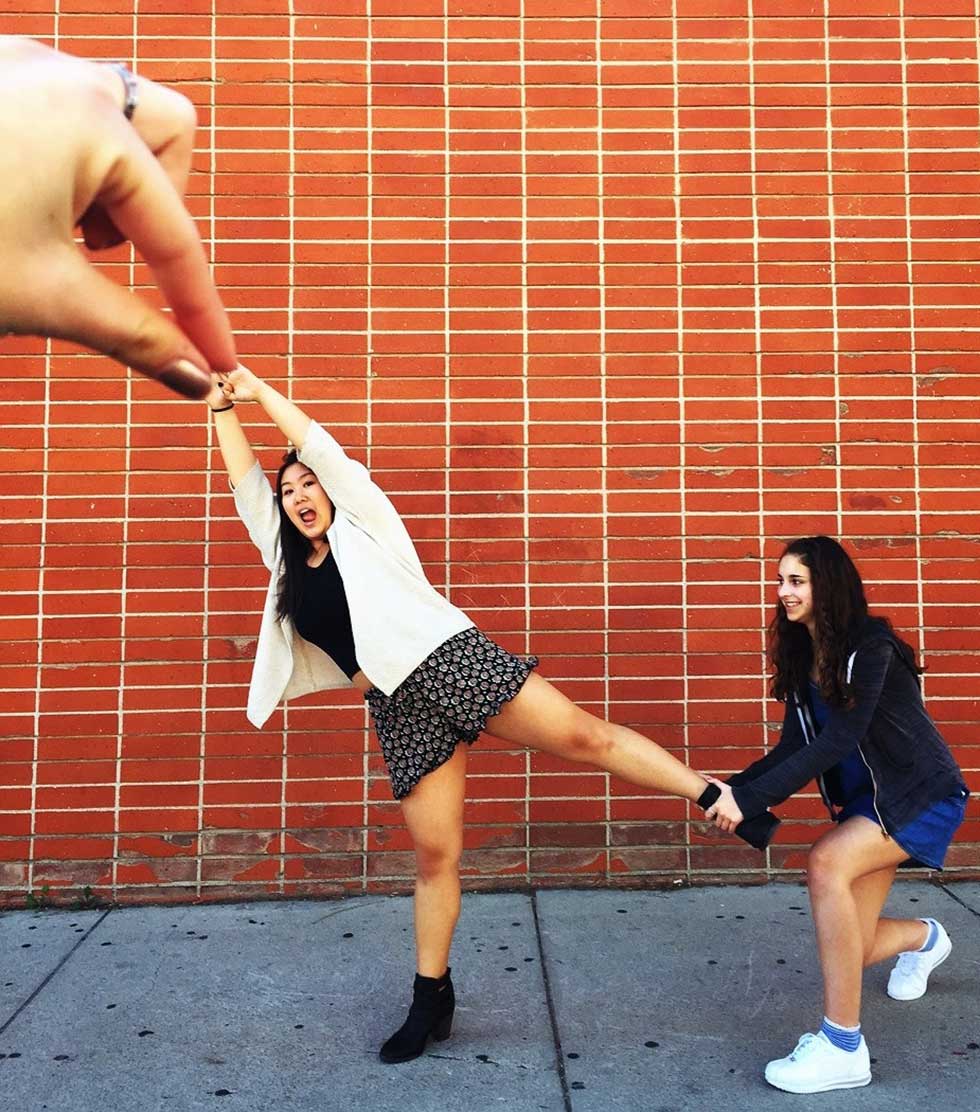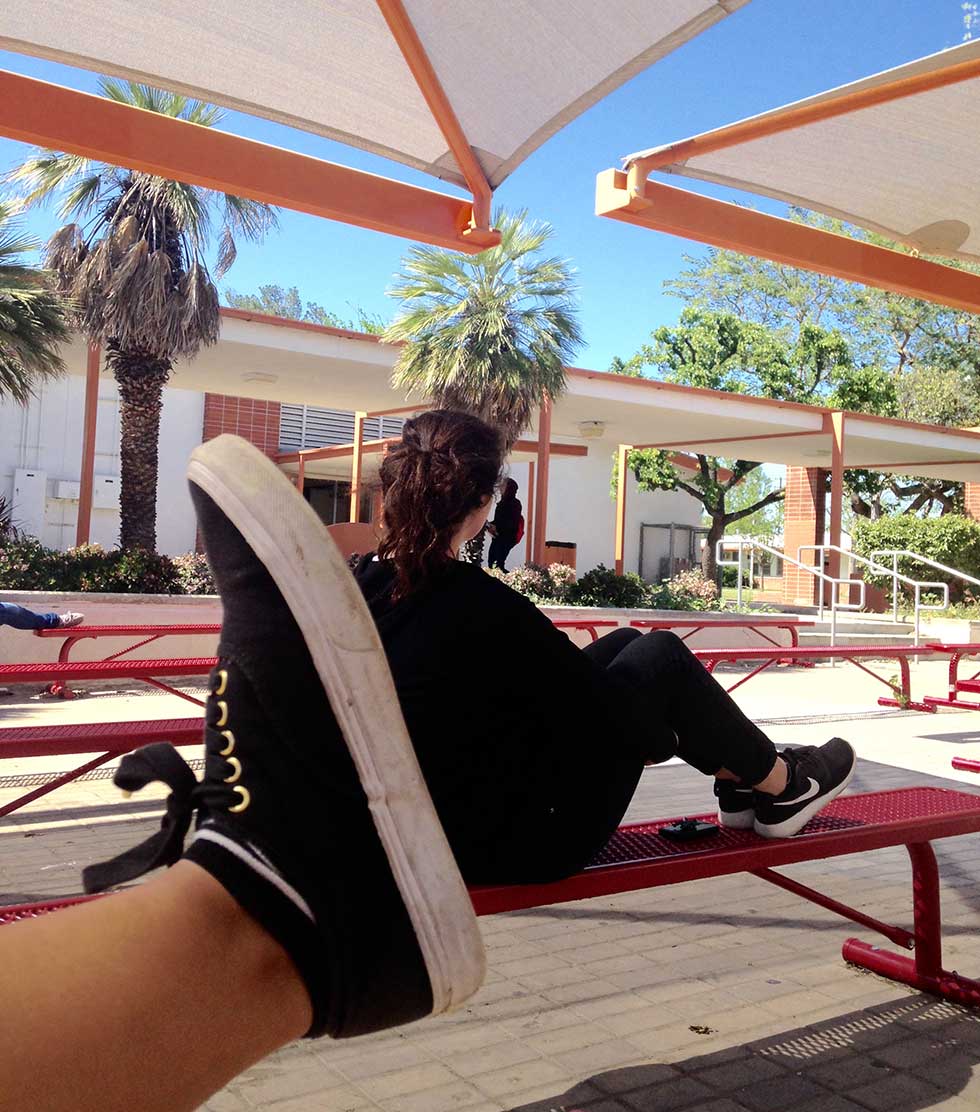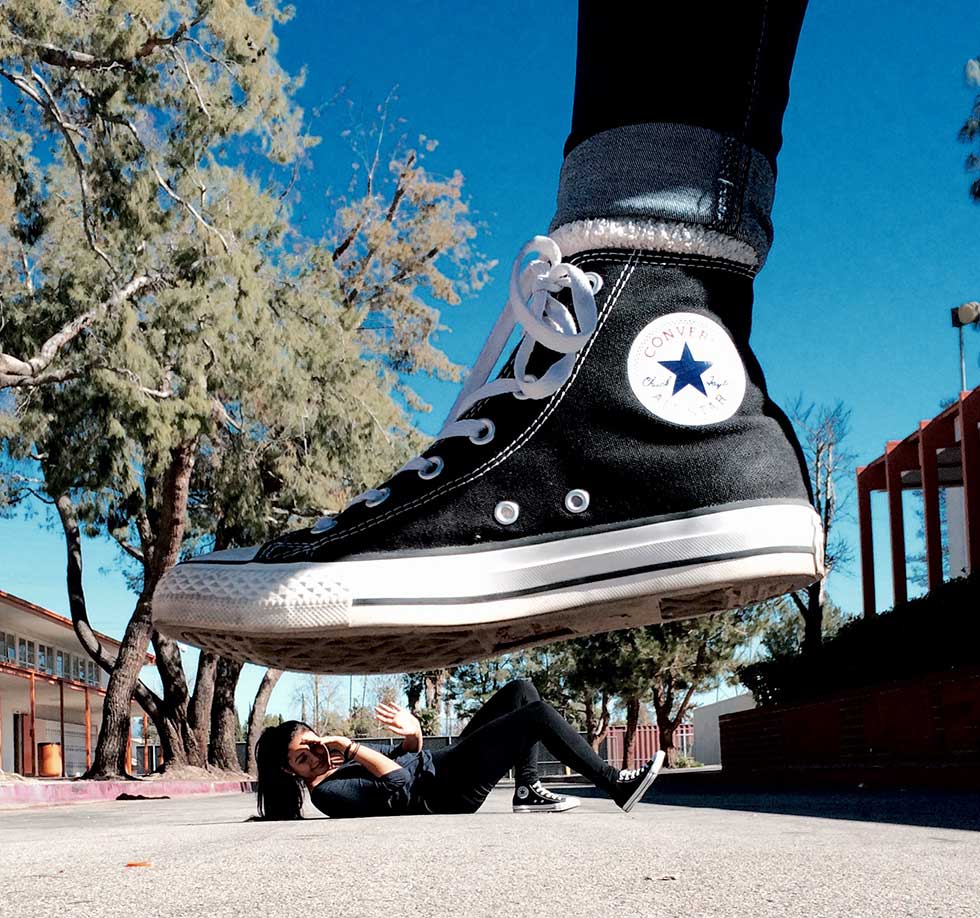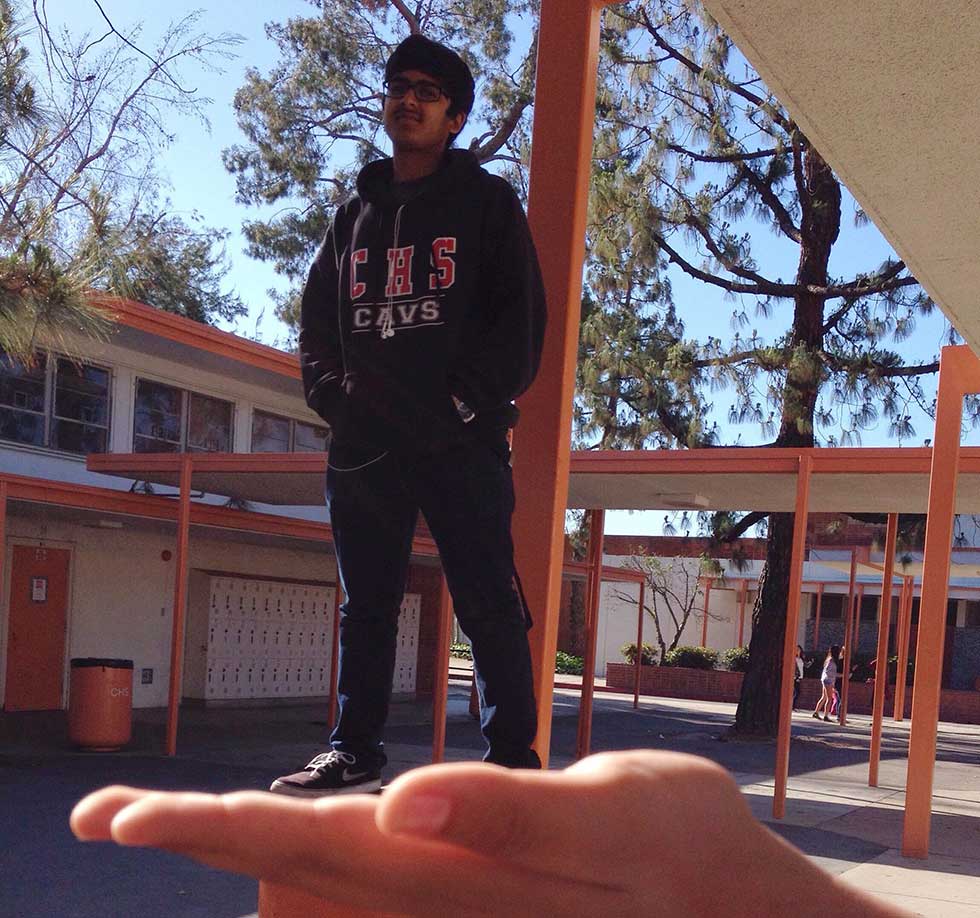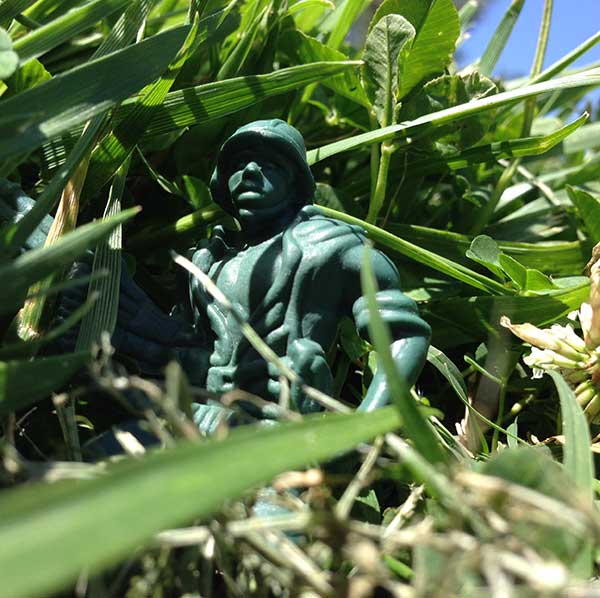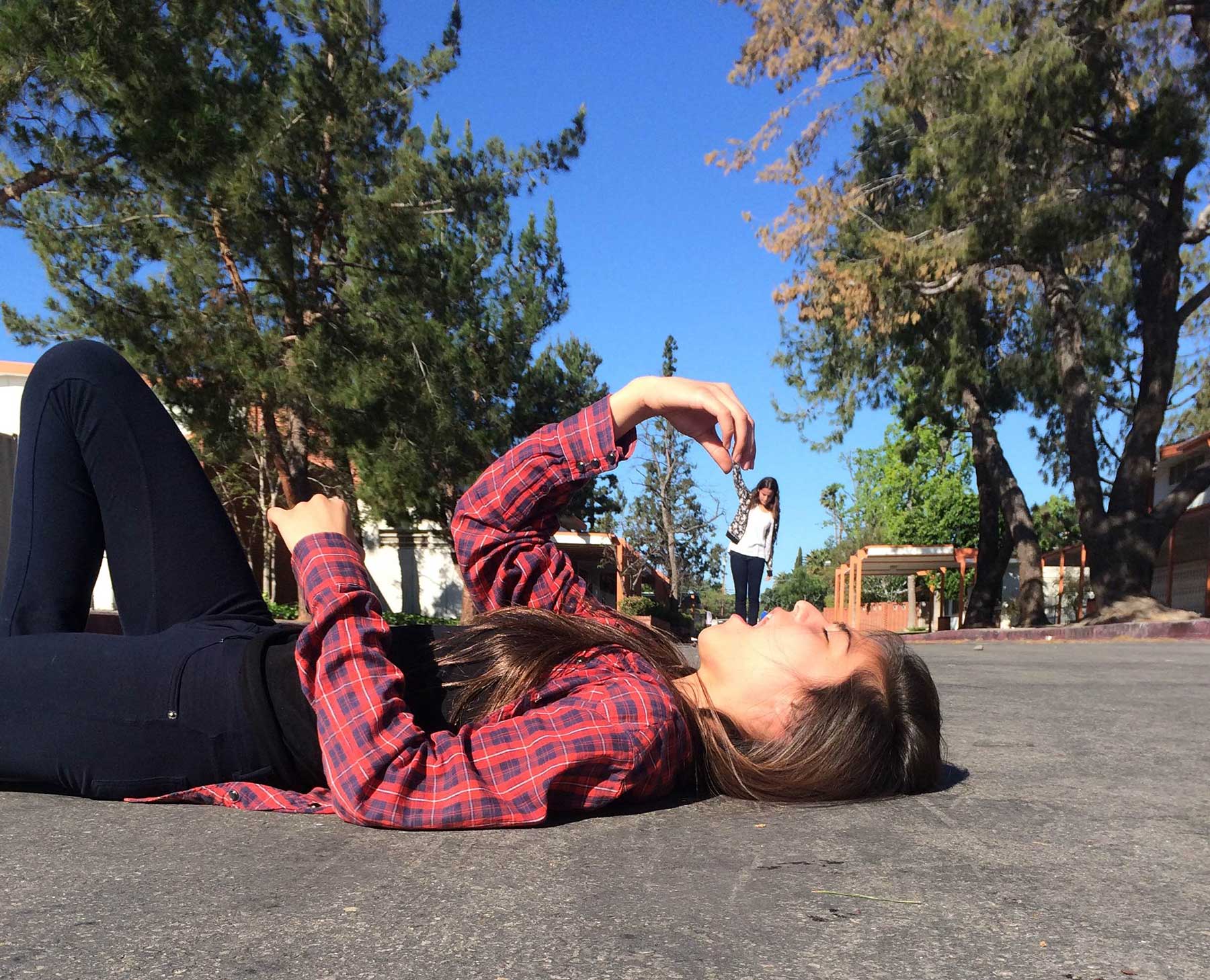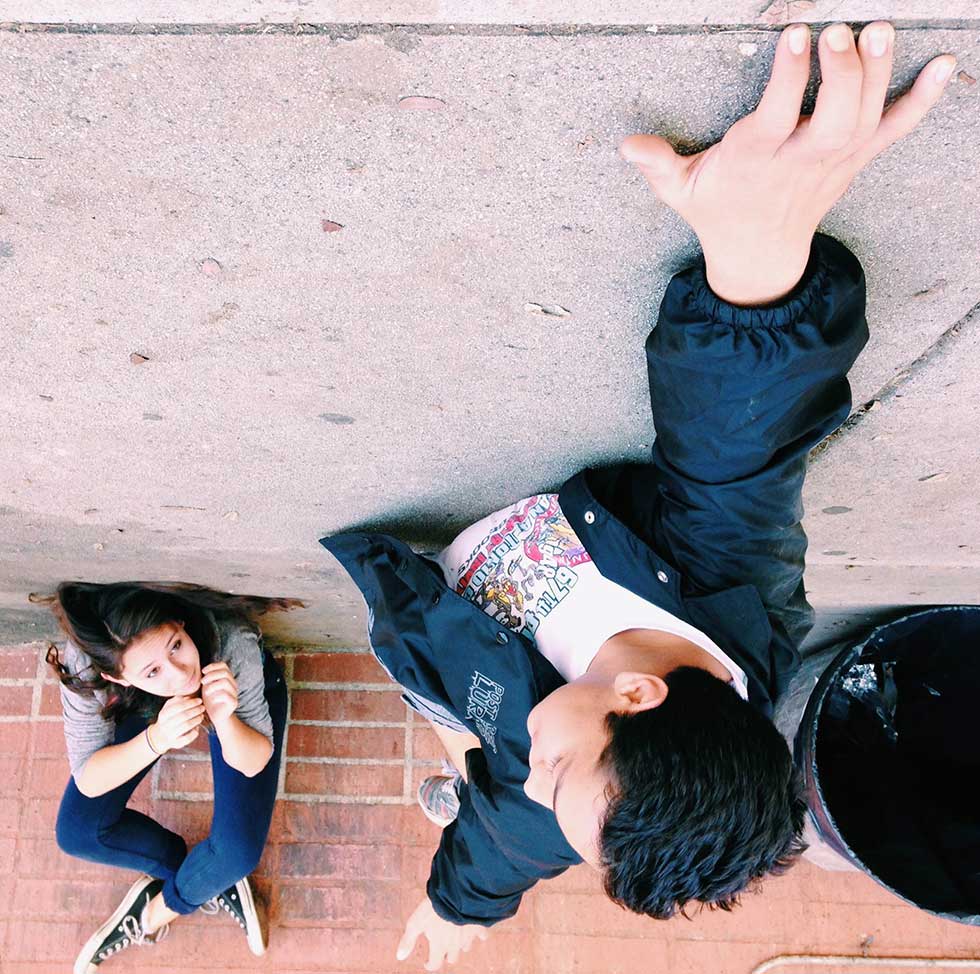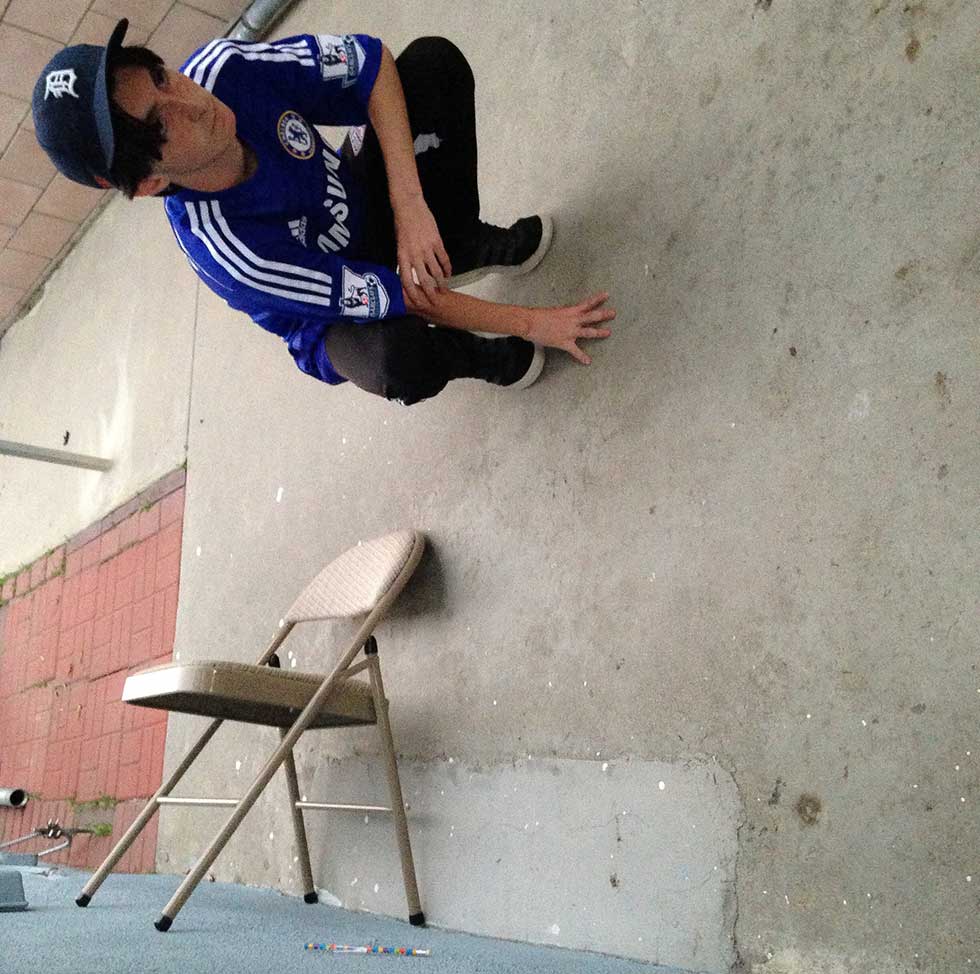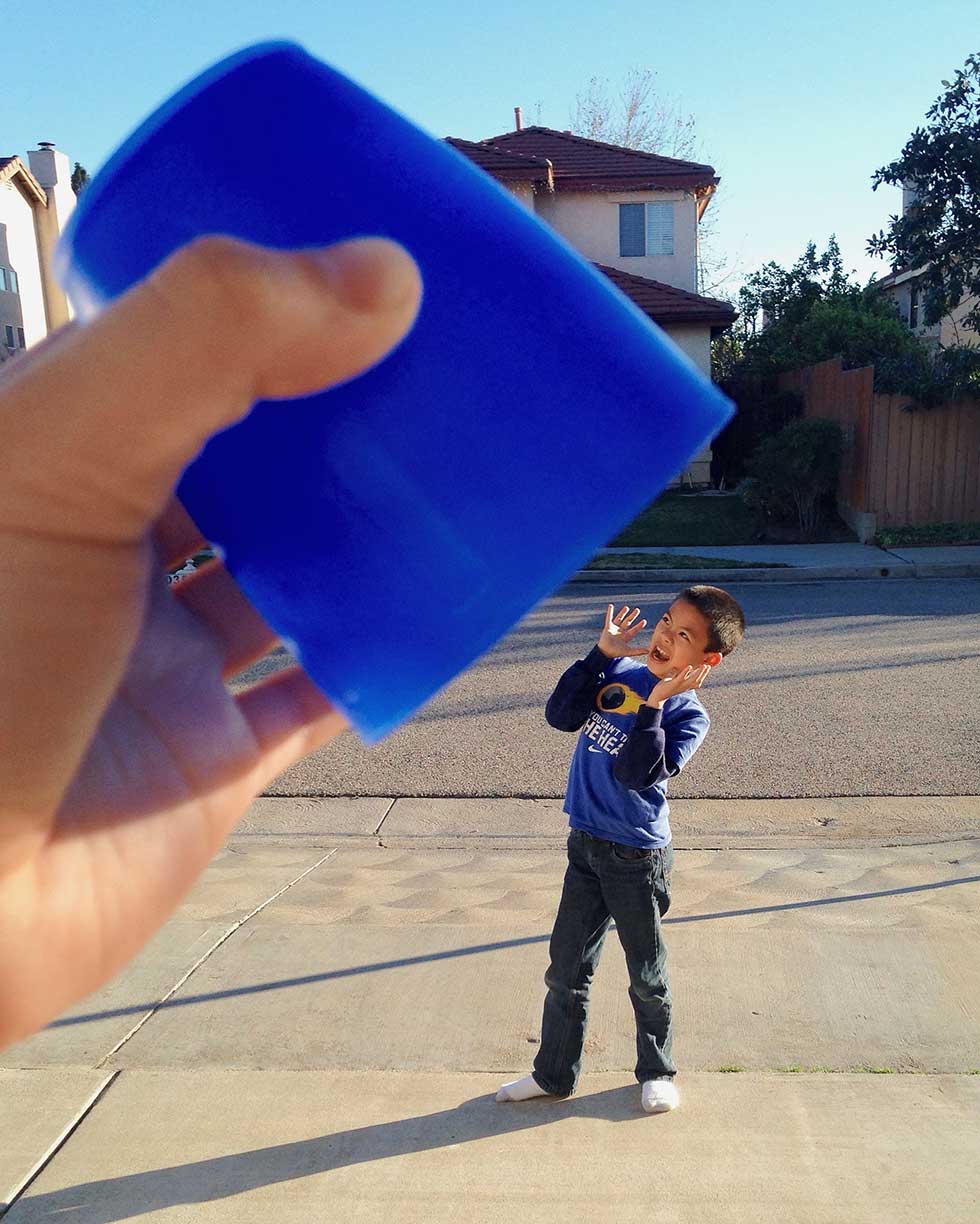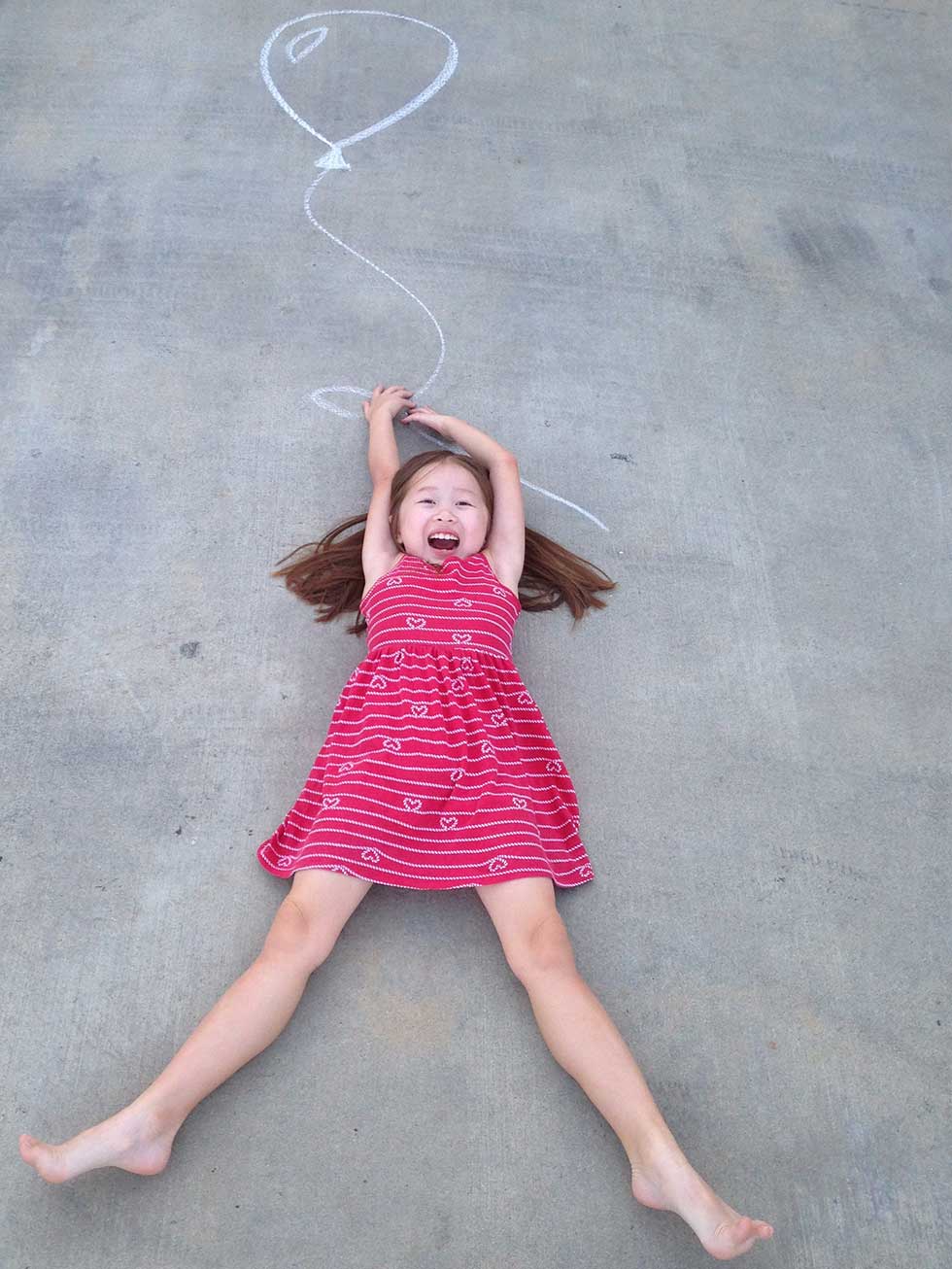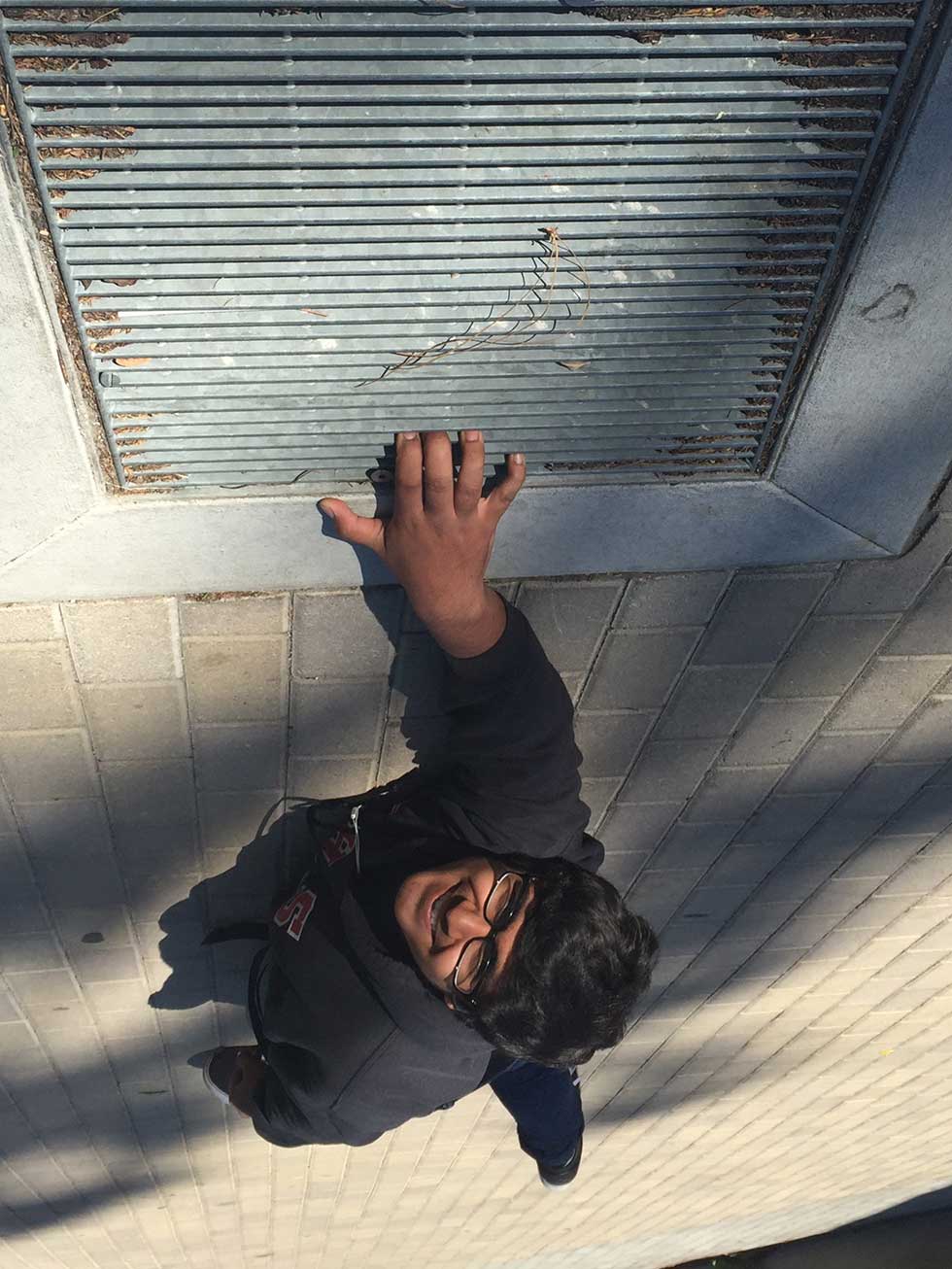The Origins of Perspective in Art
Most historians attribute the origin of perspective in art to the Renaissance Age. Before the Renaissance much of Christian European art placed the dominant religious figures in the foreground and the background was less important. By the 1500’s artists were exploring how to make flat two-dimensional painting look more realistic. One of the great Italian artists, Rafael, composed his paintings using one-point perspective. His major work, School of Athens, depicts how the lines on the floor tiles and the pillars converge at a single vanishing point in the horizon that creates the illusion of depth in the painting and showcases the figures of Plato and Aristotle in the center. After studying Renaissance Art, students used photography to experiment with perspective. Forced perspective is a photographic technique that creates the illusion that two or more objects seem to be a different size than they actually are. Generally speaking, forced perspective photography takes advantage of depth perception and careful placement of the camera to give the viewer the impression that an object is larger, smaller, closer, or farther away than it actually is.
